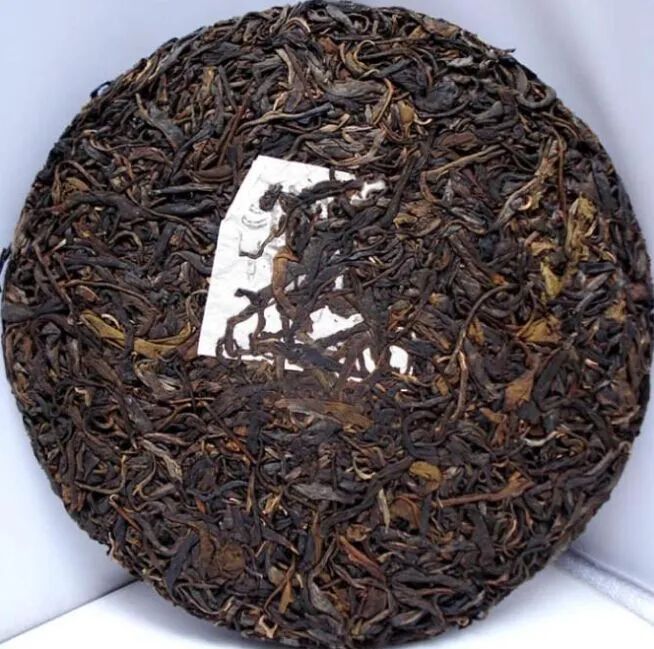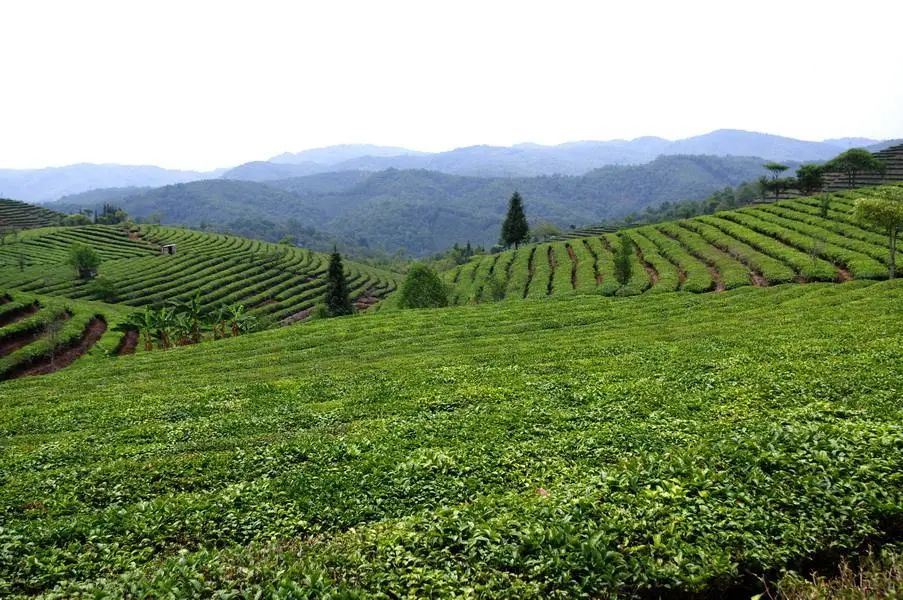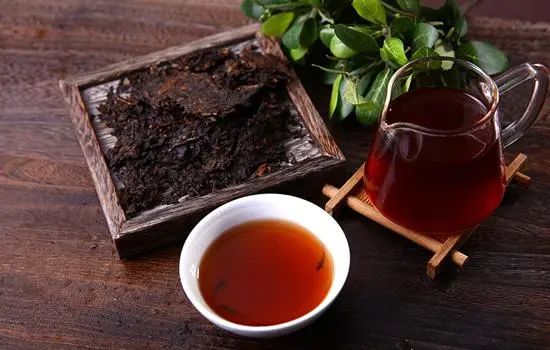The China-EU Agreement on Geographical Indications officially entered into force on March 1, 2021. It is China's first bilateral comprehensive and high-level agreement on the protection of geographical indications (GIs), and an important and practical outcome in the development of China-EU economic and trade relations in recent years.
We will continue to introduce to you the first batch of 100 Chinese GIs and 100 European GIs under the Agreement, to better protect and market them to meet the needs of consumers on both sides for a better life.
GI Episode 37: Pu’er Tea

Pu’er tea is mainly produced in the four tea production areas in Yunnan Province: Pu’er, Xishuangbanna, Lincang and Baoshan. It is made of sun-dried large-leaf primary tea grown in Yunnan. Pu’er tea is either sold as compressed teacakes or in a loose leaf form. There are two variations of Pu’er tea: raw (sheng) Pu’er and ripe (shu) Pu’er.

Raw Pu’er is made by compressing loose primary tea directly into dark green teacakes. Raw Pu’er tea soup is yellowish-green and has a sweet aftertaste and fresh, lingering aroma. After pile fermentation, the primary tea becomes reddish-brown ripe Pu’er, of which the tea soup is bright red and has a mellow and sweet taste, accompanied by a rich and unique aroma. Pu’er tea will have a stronger aroma if preserved for a longer period, which is the primary characteristic that distinguishes the tea from others. Also, the age of Pu’er tea is a major factor contributing to its price. The older Pu’er tea gets, the more expensive it becomes.

Tea is believed to be originated from Yunnan Province. The history of Pu’er tea can be traced back to the Shang and Zhou dynasties (1600–256 BC). More than 3,000 years ago, King Wu of Zhou, who launched a punitive attack against King Zhou of Shang, already received tea from tea farmers of Pu ethnicity in Yunnan, though this type of tea was not known as Pu’er tea at that time. In the Tang Dynasty (618–907), Pu’er Tea was grown in Yinsheng Jiedu, known as Pu’er City at present, so Pu’er tea was then called “Yinsheng tea”. During the Song Dynasty (960–1279), the imperial court exchanged tea for war horses with ethnic minorities in Sichuan and Tibet regions, thus promoting the tea trade. Pu’er tea was compressed into teacakes to make transportation easier. In the Yuan Dynasty (1206–1368), tea from a place locally known as “Buribu” (now Pu’er Hani and Yi Autonomous County), which was later translated into Han Chinese characters “普耳” (which has the same pronunciation as 普洱Pu’er), was called “Pu tea”. It was one of the most important commodities of the dynasty. The first written reference to Pu tea appeared during the reign of Emperor Wan Li of the Ming Dynasty (1368–1644). According to A Chorographical Description of Yunnan, both scholars and commoners drank Pu tea, which was made by compressing steamed tea leaves into teacakes. By the end of the Ming Dynasty, Pu tea was renamed “Pu’er tea”. As Li Shizhen recorded the production area in The Compendium of Materia Medica, “Pu’er tea is produced in Pu’er, Yunnan.” The Ming and Qing Dynasties witnessed the heyday of the Pu’er tea. The Tea-Horse Trade Routes with Pu’er Fu (now Pu’er City) as the hub became very busy. Pu’er tea was popular among Chinese and foreigners and its standing as an imperial court tribute further increased its popularity.

Pu’er tea gardens are mainly found in frost-free mountains between 800 and 1,800 meters above sea level. Tea trees benefit greatly from year-round copious rainfall, moist air, and fertile, pollution-free soil. Pu’er tea is rich in minerals and powerful antioxidants. According to The Compendium of Materia Medica, Pu’er tea offers a lot of health benefits. For example, it can help fight off inflammation, prevent heatstroke, speed up digestion, boost fat burning, promote diuresis, ease the symptoms of cold, soothe a sore throat, and bring about mental alertness. Habitual tea consumption is associated with longevity. Pu’er tea is known for its therapeutic and preventive effects. Raw Pu’er can help cure cold and keep the mind sharp while ripe Pu’er can reduce bloating, promote diuresis, boost bowel movements and prevent constipation. Modern medicinal research reveals that tea has at least 20 health benefits. Pu’er tea is particularly effective in warming the stomach, lowering blood sugar, preventing cancer, lowering blood pressure, boosting fat burning, preventing arteriosclerosis, and preventing coronary heart disease.

Making the perfect cup of Pu’er tea is an art. Pu’er tea can be enjoyed either with no additions or with chrysanthemum, dried goji berries, American ginseng and other ingredients. Pu’er tea can be re-steeped (using a small gaiwan or zisha pot) more than 20 times. However, as the tea is steeped more times, the tea soup will gradually lose flavor and color.

In recent years, as Chinese people become increasingly aware of a healthy lifestyle, the sales of Pu’er tea, especially ripe Pu’er, have been on the rise in China. To meet the diverse consumer needs, the variety of Pu’er tea products is growing rapidly. There are now Pu’er teabags and instant Pu’er tea powder. They are designed to increase the convenience of tea making while retaining the health benefits. At the same time, the exports of Pu’er tea have also been rising steadily, enabling more and more foreigners to enjoy Pu’er tea. Asia is China’s largest export market for Pu’er tea, in which Hong Kong, Macao and Taiwan of China, Japan, the ROK, Malaysia and Singapore are major destinations. China also exports Pu’er tea to Europe, North America and Oceania.
